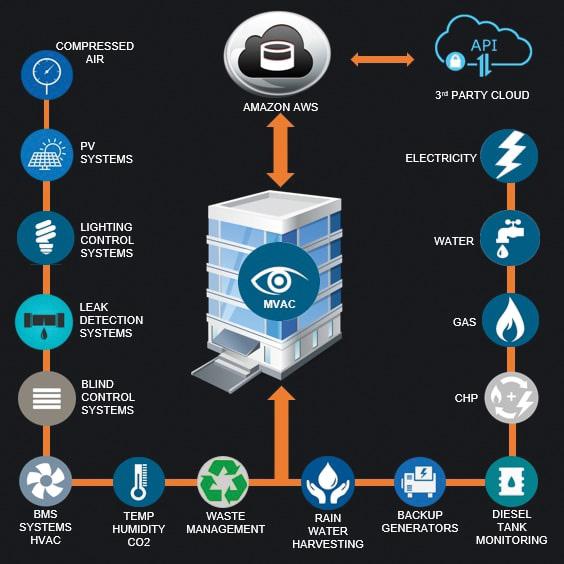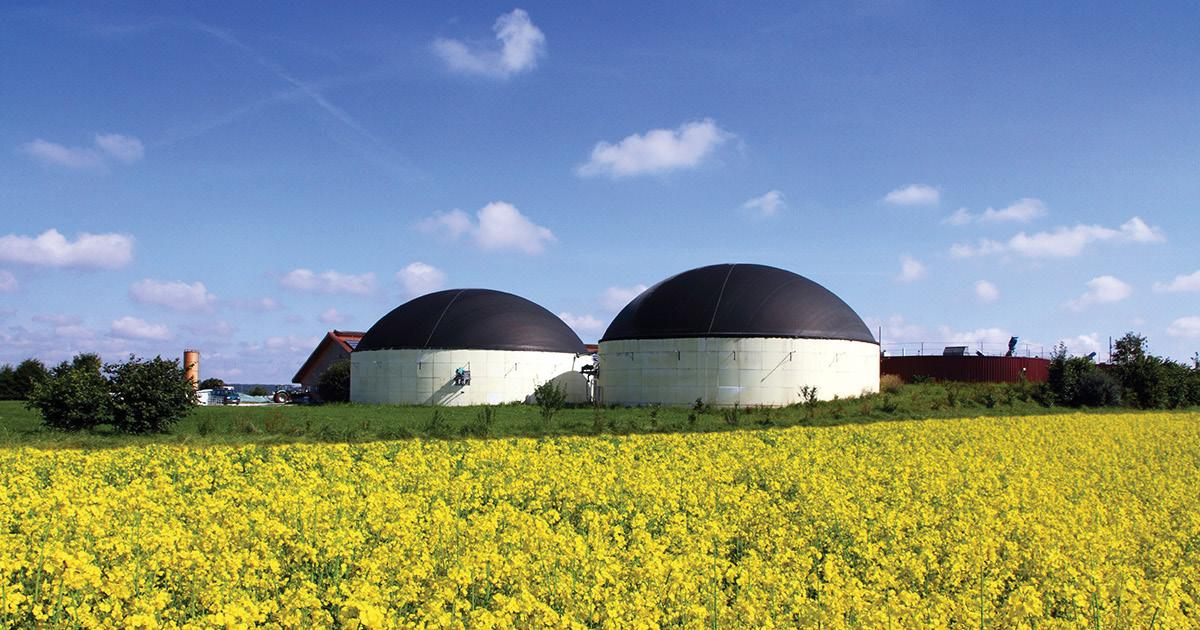
4 minute read
Legislation
ARE BUILDING CERTIFICATIONS ‘GREENWASHING’ THE ENERGYEFFICIENCY INDUSTRY?
ENERGY MANAGER MAGAZINE • MAY 2020 36 W e are all aware of the buzzwords. There are green and healthy buildings, zero-carbon buildings and the Living Building Challenge, which are backed up by certifications such as LEED, BREEM, GRESB, ISO50001 and WELL.
While these green strategies have their origin in well-meaning environmental causes, a certain ‘Greenwashing’ has muddied the waters. The term greenwashing was coined in the 1980s in response to companies making bold claims about their environmental credentials.
Over 30 years later, the phrase is back, but this time greenwashing has become a lot more convincing due to the amount of green policies which a company can pretend to adopt. Also, people are more ready to spend a premium on green products in order to support mainstream concerns for the environment.
Now, this false message of selling a green product or service has predominantly migrated into commercial buildings.
These attributes range from the material ingredients and toxicity to identifying material extraction damage to local eco-structures and the environment, to the actual performance of the building itself regarding energy and water consumption.
With 600 rating tools available, it’s not only daunting to quantify what these mean, it’s also more possible than ever to be misled by ambiguity in the industry.
Certainly, some companies are investing in Energy Monitoring Solutions as a tick-boxing exercise to achieve an energy efficiency standard mostly in the construction stage of a building. Most certifications will have a minimum requirement of monitoring main energy and water meters and additional points can be achieved from metering at subdistribution boards and branch circuits.
Yet certain developers found an easy way out by installing energy meters which are connected directly to terminals with no data being collected, but the box is ticked. WHY INVEST IN ACHIEVING BUILDING CERTIFICATION?
There are many social and economic impacts for going green. Such buildings create a more productive workplace for occupants and therefore help with the mitigation of climate change. Green buildings also see benefits for corporate reputation while the building itself has lower volatility in the market thus allowing for higher rent. HOW TO DIFFERENTIATE GREENWASHED PROPERTIES FROM ENVIRONMENTAL PROPERTIES
Potential tenants of a green building should look at the building holistically. For example, does the property manager have direct employees responsible for reducing energy consumption? Or do they hire a thirdparty consultant to advise them?
If the answer is yes to either question, then that is a good sign. Landlords are not greenwashing if they have invested in the development and implementation of energy management procedures.
Furthermore, if an organisation believes energy management is the responsibility of everyone in their building – and is guided and supported by the Facility, Property or Energy Manager – than that is another good sign. Also, companies that have bought into being green will assess their energy performance through Energy Monitoring Software and share energy consumption data with all employees. From the data collected they will create and implement an energy plan to achieve their energy goals. THE NEXT STEP
For any organisation adopting a green strategy, the logical step is investing in energy monitoring software that will measure all utilities from main meters to sub-distribution boards. Such software provides Property Managers with the With so many industry buzzwords and certifications, it’s increasingly hard for people to distinguish between what are, and are not, relevant environmental credentials. data needed to reduce energy costs and comply with their reporting requirements.
Energy measurement software benefits the customer in the following ways: • Identify significant energy users that represent the highest percentage of total energy use • Establish and monitor
KPIs and benchmarks • Report generation for building standards listed above • Email alerts when consumption targets are breached or when electrical system issues occur • “Hour’s Run Clock” that will show usage of individual units/circuits, once the device is serviced the hour’s run clock can be reset • Ability to calculate, track and report on CO 2 based on their actual energy used/saved depending on their source of energy
Along with the above benefits, the main challenge is the behavioural change of a building’s occupants. With this in mind, Acutrace has developed a method to allow all occupants view data relevant to them or their department through public boards throughout the hotspots of their building.
Public boards are beneficial in the following way: • It creates a ‘Prius’ effect which is a current green building phenomenon • Employees will be provided with real-time data and statistics which results in behavioural change • This small feature will yield big results as employees’ habits will be more energy friendly
If you have any queries or would like Acutrace to survey your building’s current infrastructure contact: gavin@acutrace.com / 00353 87 141 9040 / 00353 1 5180140
More information coming soon....












